Of all the families of teas out there, oolongs are probably by far the most versatile and varied in appearance, aroma, and taste. Situated between green and black, oolongs, by definition, are semi-oxidized teas that can be almost as green as green teas (very light baozhongs come to mind) or very dark, almost black tea like (oriental beauty). By virtue of the variations possible, oolongs are complex and interesting teas that often bear little resemblance to each other, but offer the drinkers a wide range of possibilities. Making sense of all this can be difficult; I’m going to try to at least systematically lay out what these various issues are, and what I have learned so far.
There are I think three different factors that go into the growth of oolongs that we, as consumers, need to consider. Those are, in no particular order, terroir, varietal, and season. Then, in the processing from raw leaf to the finish product, there are additional variables that a tea farmer/maker can manipulate to change how the tea comes out, and those variables can include oxidation, rolling, roasting, and in some cases, aging. I’m going to just try to talk about the first set of things and worry about the second set later.
When dealing with terroir, to borrow a wine term, we are really talking about the soil, climate, and other environmental factors that go into the growth of the tea, which in this case would also include altitude. I think we can talk roughly about large geographic areas, but also small microclimates. For example, teas from Taiwan tend to share a similar set of taste profiles, especially in the aftertaste of the tea. They could be from different varietals, using different techniques, and grown in different areas of Taiwan, but many Taiwanese teas end up tasting similar in some fashion, and are often easily identifiable as Taiwanese. Likewise, Wuyi yancha can (and to many, should) have a similar taste, especially that fabled yanyun, which roughly translates into “rock aftertaste”. Even when Taiwanese tea farmers make teas using Wuyi varietal and methods, they can’t achieve the same results. That’s terroir for you.
Location matters though, so whether or not the tea you’re having is from a hilly slope or flat ground, high up or down low, moist or dry, well lit or not, and shaded or otherwise all have to do with how the tea comes out in the end. So while we can talk about large swathes of land when discussing tea, we can also talk about smaller areas. Anxi tieguanyin costs more than teas from nearby counties, and not all Dongding teas are created equal, as anyone who’s tried a number of them can tell you. Things like that are hard to control, and often for the end buyer, relatively meaningless, because we rarely know exactly which farm a particular tea came from. When we can find out, however, it often tells you something about what you’re drinking, and accumulating experiences in telling apart various kinds of growing conditions is a true mark of a tea expert.
Varietals obviously also play a role here, and the most famous of these is perhaps tieguanyin and all its imitators. A maoxie or huangjingui might look and taste somewhat like a tieguanyin, but it never is one, and those who drink a lot of tieguanyin can generally tell you right away if the stuff is real or not. Likewise, we all know the story of the original dahongpao, and all the generations that the originals have spawned. Varietal matters, and also changes the way the tea taste in a fundamental way. Unlike terroir, for the consumer, varietal is difficult; it requires a great deal of experience to be able to tell apart different kinds of oolong trees and their leaves. Whether that is a jinxuan or a siji or a ruanzi or a taicha #18, is not something that a tea novice can do easily. If you don’t drink it often, chances are you are entirely at the mercy of the vendor, who is often at the mercy of the maker. I think this is why finding reliable and trustworthy vendors is so important — not only that you can trust them to not lie to you, but you need to be able to rely on the vendors to do the due diligence and basically fact check the maker of the tea. There are many out there who merely parrot the story told to them when they bought the tea — that’s sometimes a recipe for disaster.
The season in which the tea is picked is the final big variable for those of us trying to drink oolong. A spring tea is inevitably different from a fall tea, and mostly on Taiwan, you often see a winter crop as well that is yet again different. In my personal experience, spring teas tend to be floral while fall teas often have more body, and winter teas have a unique fragrance and sweetness that is quite distinctive. You rarely see anyone advertising summer tea, and there’s a good reason for it — slower growing tea tend to be better tea, and summer is usually when the tree undergoes a growth spurt, leaving relatively thin and uninteresting leaves for you to consume.
Already, we’re dealing with a dizzying array of possibilities that can significantly impact the teas we drink. Puerh-heads spend a lot of time worrying about these issues all the time — where the tea’s from, what season it’s picked in, etc, but oolong drinkers tend to obsess a little less about these. I think a big reason for this is simple: the lack of clear and obvious ways to tell different sorts of teas apart, and the importance of post-processing that creates the final tea. Those are serious mitigating factors to everything I’ve just talked about, and can change the tea in drastic ways. Not having an easy way to tell apart different kinds of teas sold under different names is obviously a difficult issue as well. Just witness the number of teas out there that are advertised as tieguanyin or dahongpao — surely, they can’t be making that much of these teas. Something obviously has to give, which means that there is a fair amount of false advertising out there. Since it is virtually impossible for the regular consumer to compare two of the same sorts of teas from two vendors easily, it is all the more important to at least educate ourselves with regards to what may be out there, and in doing so, become a more discerning drinker.
To be continued…



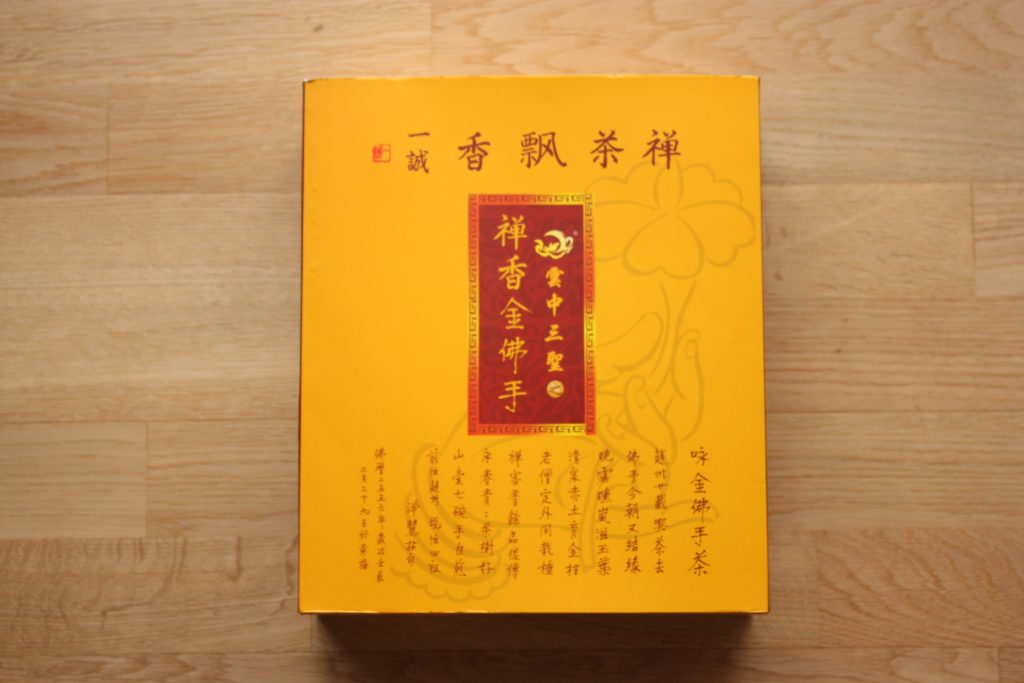
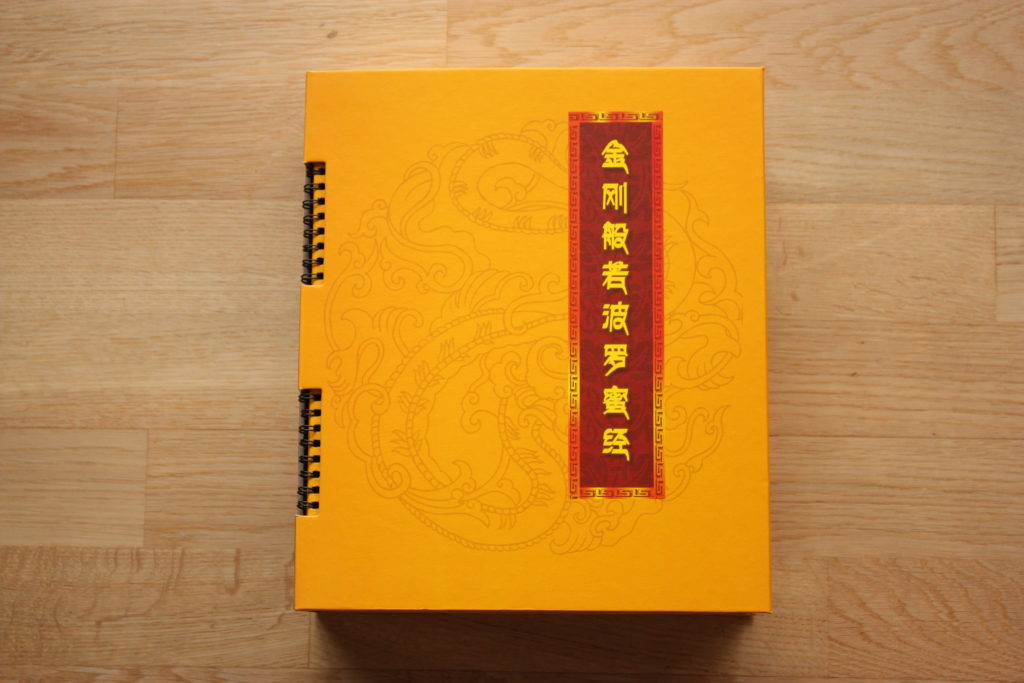
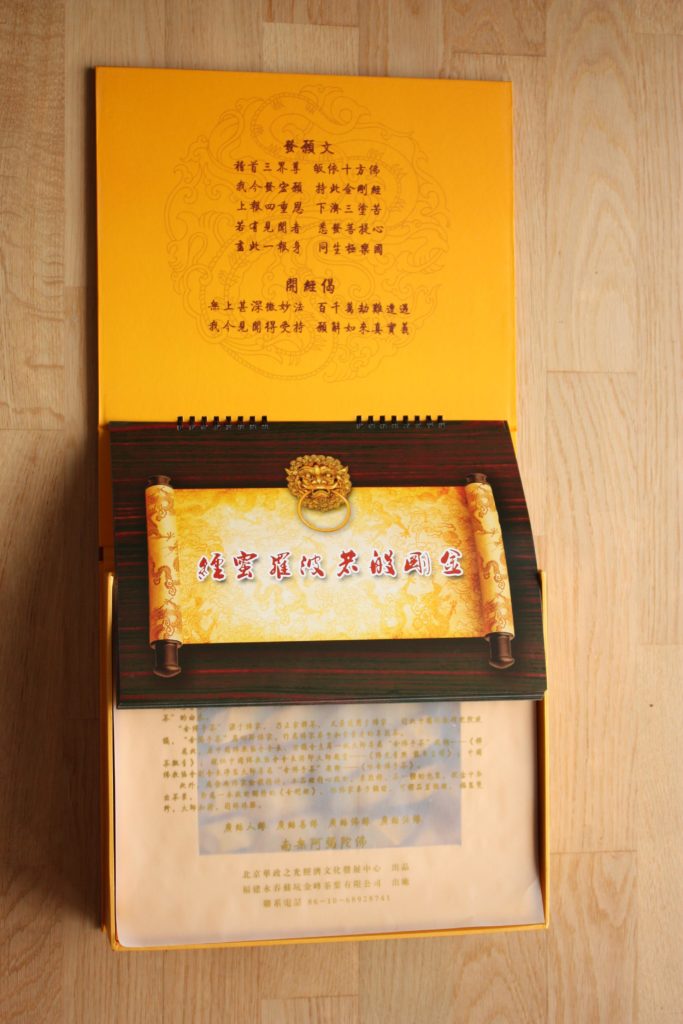
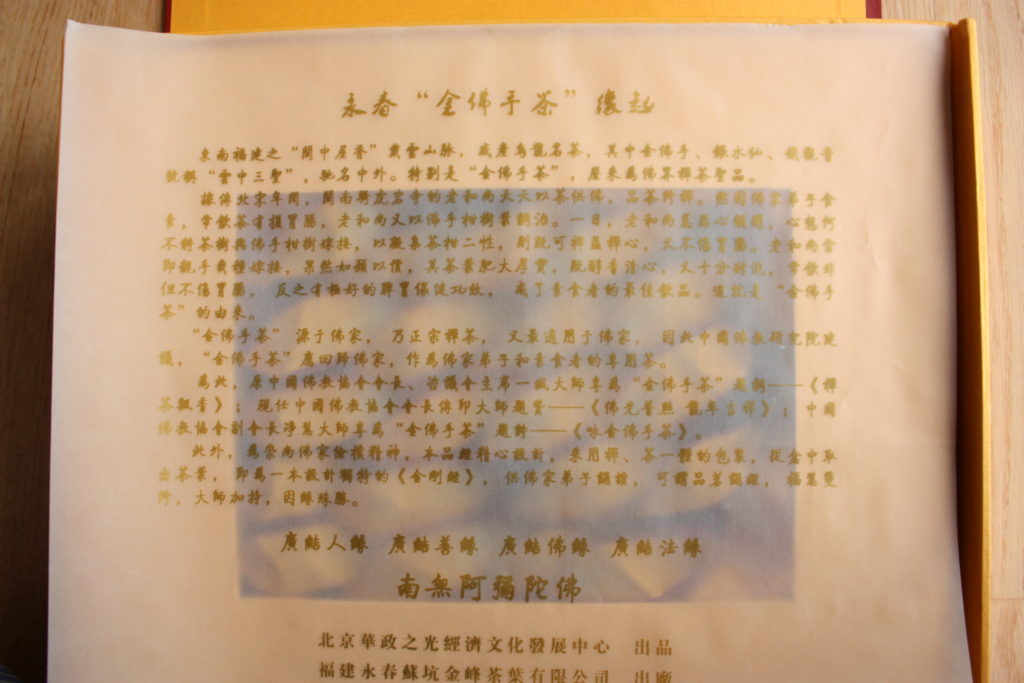
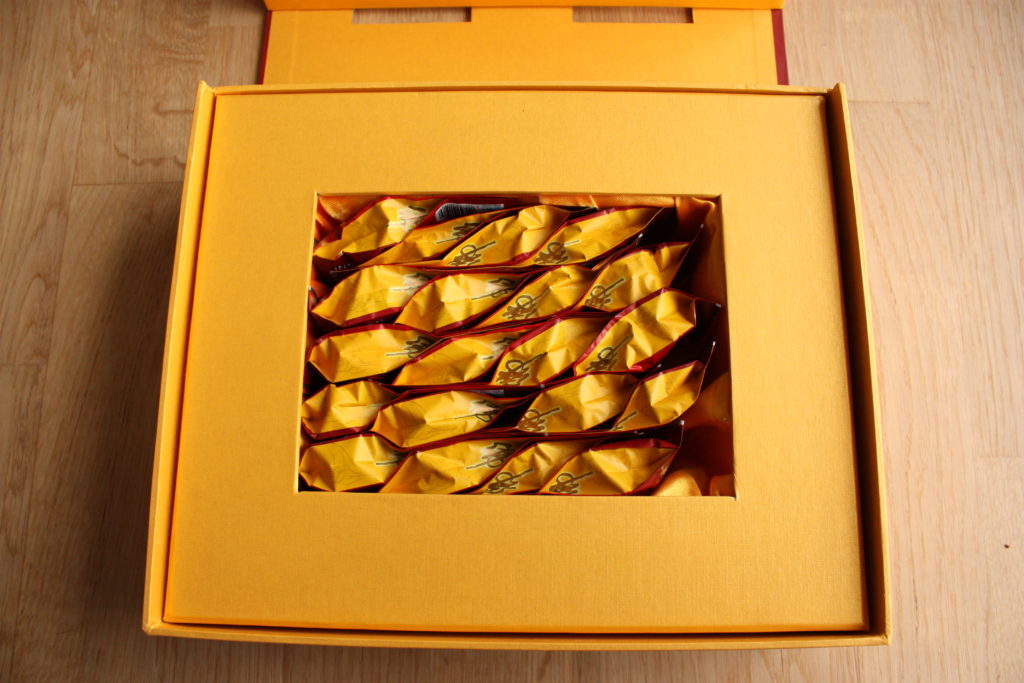

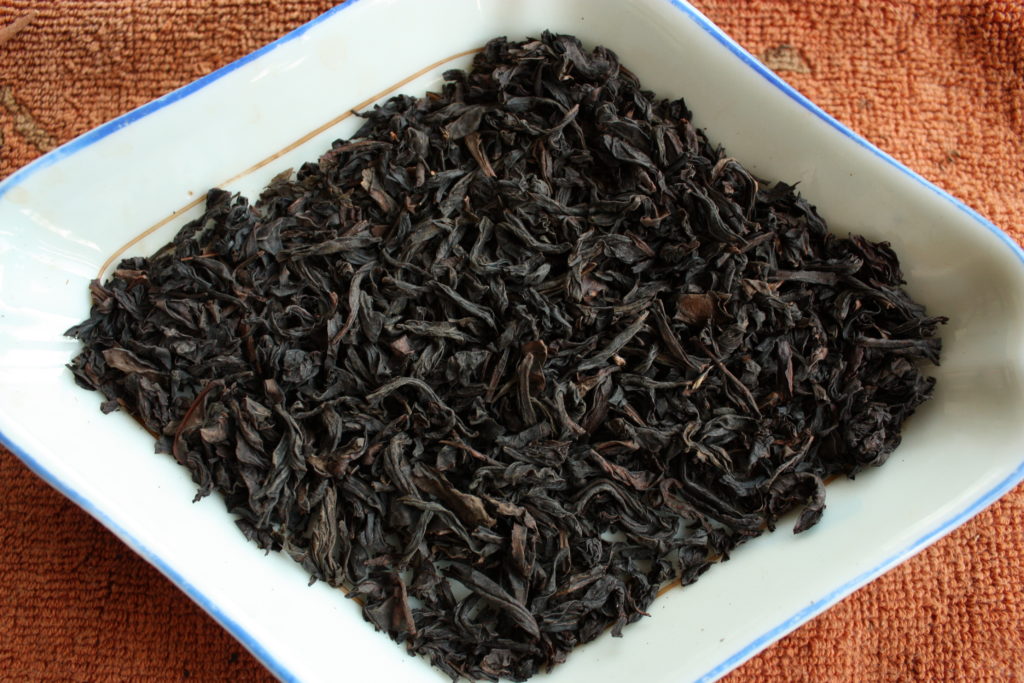
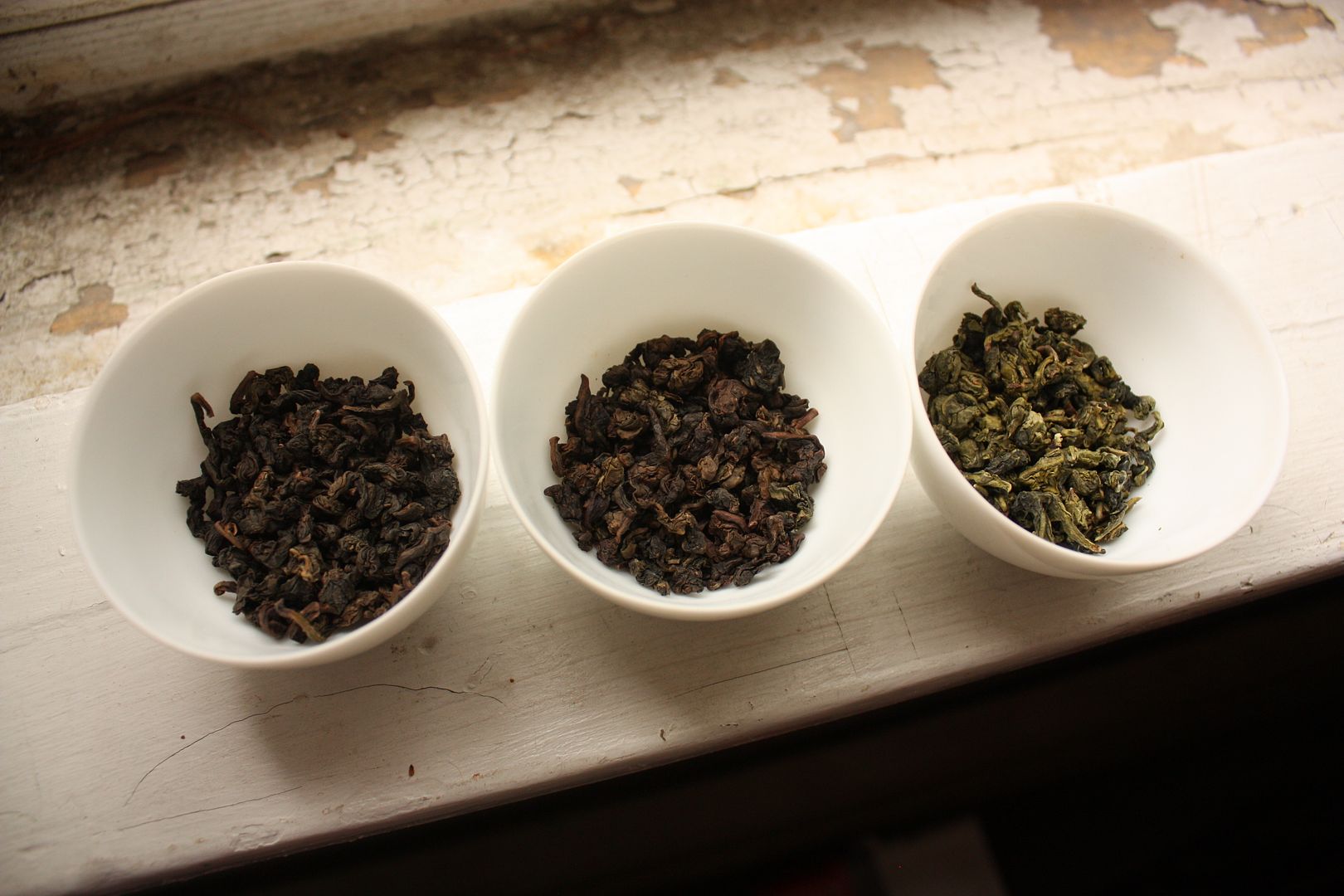

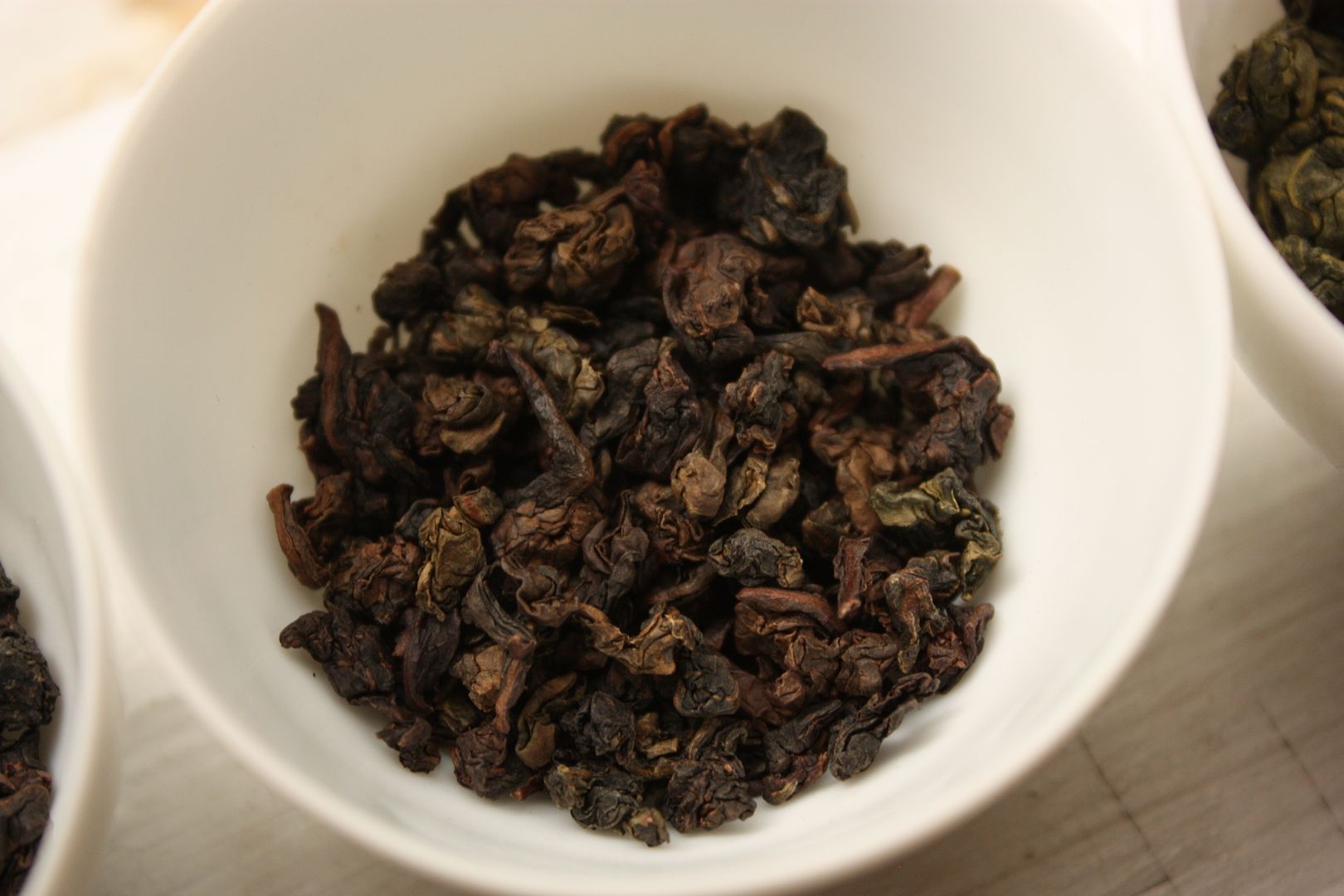

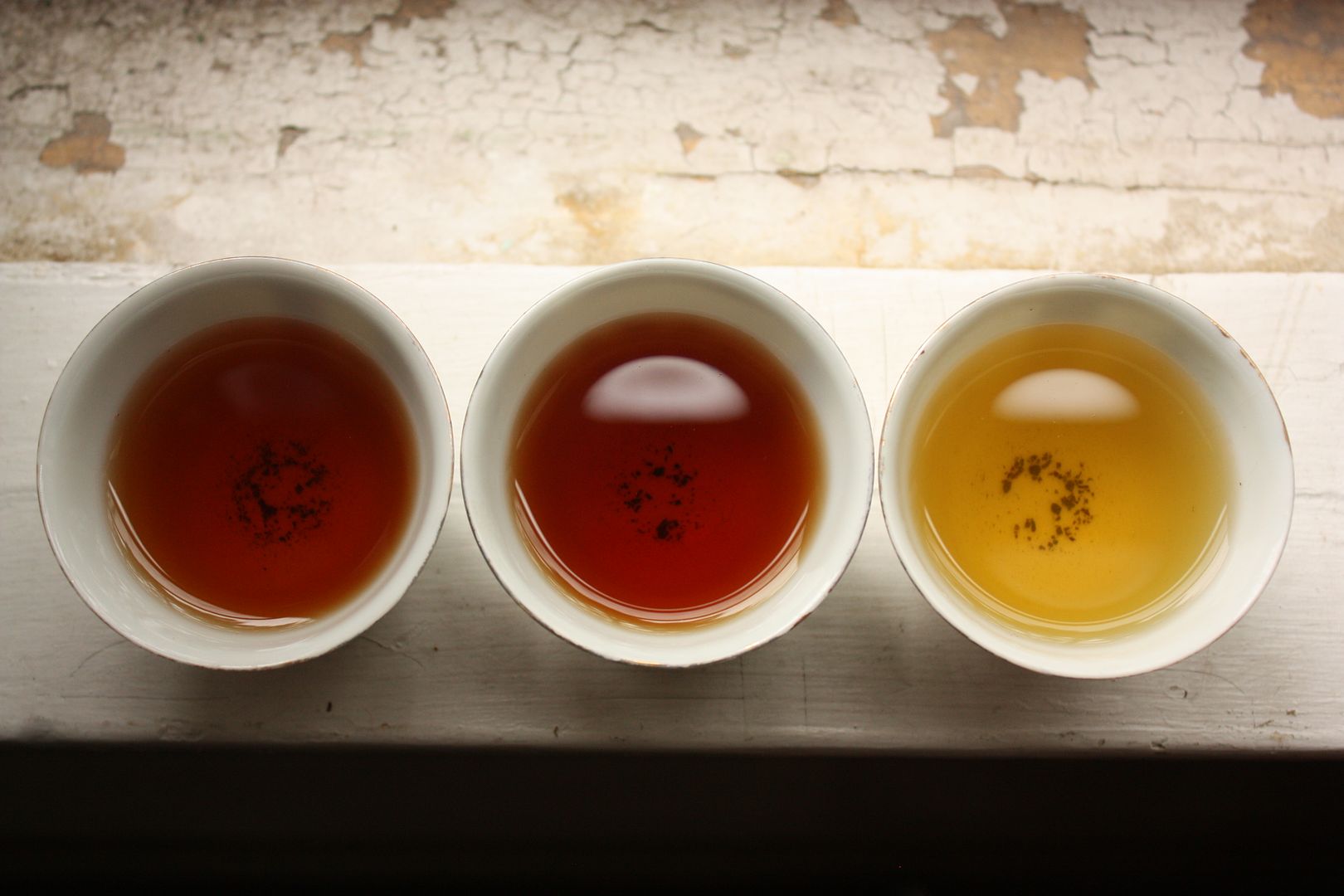
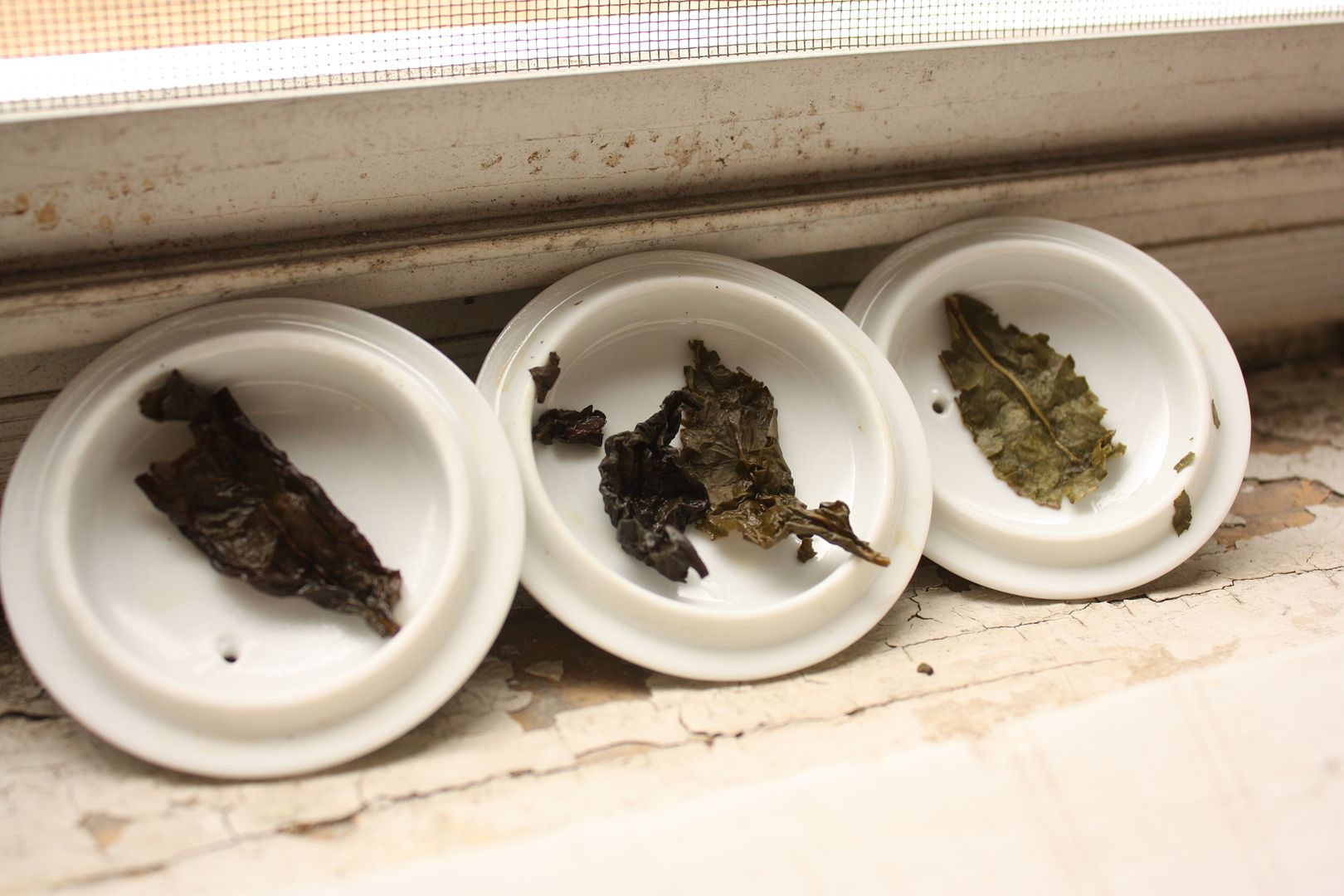





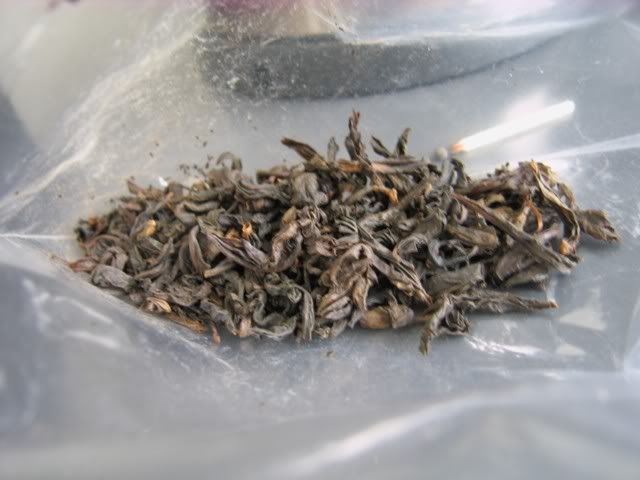

Yeah whisky prices have been leaking too, as well as luxury watches. I wrote a post maybe a decade ago…